In 2014, Honda's first "Mean Mower" hit the world record-setting speed of 116 mph. Now, they've partnered with Team Dynamics once again to make a faster, louder, and meaner mower. What speed do you think it will do this go around?
|
Honda has done something truly insane. They've transplanted the 189hp engine from their CBR1000RR Fireblade SP superbike into a freakin' lawnmower. Why on earth would the Japanese automaker build such an absurdly awesome piece of lawn care equipment? They have a reputation to uphold.
In 2014, Honda's first "Mean Mower" hit the world record-setting speed of 116 mph. Now, they've partnered with Team Dynamics once again to make a faster, louder, and meaner mower. What speed do you think it will do this go around?
A Chevrolet ad is again causing a ruckus, but this time it's less about style than about substance. According to a report from the Detroit News, Chevy pulled a national commercial at the same time the legitimacy of the statements made in the advertisement were questioned. The spot claimed Chevrolet had better reliability than Ford, Honda and Toyota.
Chevrolet has pulled the ad but says it did so due to a new marketing direction focusing on the Silverado. ADVERTISEMENT XThe dispute regards a new version of the "Real People, Not Actors" ad (you know the ones) titled "Chevy Surprises Competitive Owners When It Comes To Reliability." The description of the video read, "See what happens when competitive vehicle owners find out about Chevrolet reliability." It was posted to YouTube on Jan. 1, 2019, and ran on both national and local channels. The video, which racked up tens of thousands of views and received more thumbs down than up, has since been taken down (a shell of the page can still be seen here). According to the report, the national commercial has also been removed from programming, with the local ads also coming down in following weeks. In the video, the host brings people who are supposedly Ford, Honda and Toyota owners into a room with car-branded sheets covering numerous vehicles. The host "tricks" the owners by leading them to believe their cars are the most reliable vehicles on the road before pulling off sheets to reveal Chevrolet automobiles. The owners are surprised, with one remarking, "You had me bragging." But the manufacturers in the video, Ford, Toyota and Honda, all pride themselves on their dependability and did not take the claims lightly. The report details that all three manufacturers reached out to Chevrolet to challenge the commercial to various degrees. For the purposes of this commercial and these claims, Chevrolet commissioned independent research company Ipsos to conduct a survey. The details specify that reliability is defined as "the percentage of vehicle owners who reported they have not repaired or replaced any vehicle components in the past 12 months (excluding fluids, filters and those related to accident/collision)." The survey sent out 840,979 letters to 2015 model-year vehicle owners, with time in service starting December 2014 through June 2015. Overall, Ipsos received 48,679 responses from Acura, Audi, BMW, Buick, Cadillac, Chevrolet, Chrysler, Dodge, Fiat, Ford, GMC, Honda, Hyundai, Infiniti, Jaguar, Jeep, Kia, Land Rover, Lexus, Lincoln, Mazda, Mercedes-Benz, Mini, Mitsubishi, Nissan, Ram, Subaru, Toyota, Volkswagen and Volvo owners. Full details on the survey can be found here. According to the Detroit News, Chevrolet is denying that their recall of the commercials has anything to do with the dispute. You can see Chevy's statement and the full report here. In a statement to Autoblog, a Chevy spokesperson said, "Chevrolet stands by the reliability claim and the ad remains in the brand's toolbox but we have decided to take it out of the regular rotation at this time to launch new Silverado creative. We have not altered our marketing campaign because of any concerns with the accuracy of our ad content." Chevy added, "We will not comment on conversations with other manufacturers." In the most recent Consumer Reports brand reliability rankings, based on feedback from 640,000 vehicles owners, Honda ranked ninth, Toyota 10th, Ford 20th and Chevrolet 23rd. Beyond the matter of reliability, the Chevy Bolt and Impala did make CR's overall recommendations list of top 10 vehicles by category.
The German government is examining proposals to introduce speed limits on all sections of derestricted Autobahn.
Recommendations drafted by Germany’s National Platform on the Future of Mobility include capping speeds on all of the country’s motorways in an effort to bring overall emissions down to legally-required levels. The country’s transport emissions have not fallen since 1990, reports Reuters, although that’s quite an impressive display of improved engine efficiency given the increased number of cars on the road. Speeds would be limited to 130kph (81mph); a common motorway speed ceiling in mainland Europe. The new restrictions would be joined by generally increased fuel taxes from 2023, with greater increases applied to diesel cars and/or fuel. The report, currently in a preliminary stage, will be finalised by the end of March before being incorporated into new laws. It’s said that not every suggestion will be carried forward, and we think a fair number of car people will be hoping the famous Autobahn stays just as it is.
The heavy bomber, unarmed according to the Russian MoD statements, was attempting to recover at its homebase in bad weather after a training sortie when it performed a hard landing and crashed, killing three of the four crew members.
A video of the incident has eventually emerged. The scary footage shows the Backfire bomber coming in fast. Then the bomber hit the runway hard, bounced and then started collapsing. The clip ends with the forward section coming to a halt just before the rear section crashes into the ground generating a huge fireball. he Russian Tupolev Tu-22M3 is an updated variant of the Cold War-era Tu-22 Binder, a twin-engine supersonic bomber with variable geometry swept wings. The Tu-22M3 and M3M variants are in wide service in Russia, with over 80 reported in flying with the Russian Air Force and more than 40 in use with Russian Naval Aviation as long-range maritime patrol, surveillance and attack aircraft. Indeed, the aircraft was primarily developed as an anti-ship missile carrier for the Soviet/Russian supersonic Kh-22/32 anti-ship missiles with range of up to 1,000 km (621 miles) as well as for smaller Kh-15 missiles with range of up to 300 km (160 miles).
There were a lot of heroes who emerged from World War II: soldiers, pilots, sailors, and more.
One of them – James Howard – wasn’t even born on American soil, but his inestimable bravery he was awarded the Medal of Honor. In fact, he was the only fighter pilot in the European Operation to receive that distinction. Howard was born in 1913, in China. He lived there until he was 14 at which point he returned to America to attend school.
n 1938, he joined the Navy and was sent aboard the USS Enterprise as an aviator. He stayed there for three years. In 1941, he joined the Flying Tigers in Burma, part of the American Volunteer Group (AVG). During his service, he shot down six Japanese planes and participated in 56 missions. So far, it was a career that would make any man proud. But Howard was not just “any man.” When the Flying Tigers disbanded, Howard briefly returned stateside, but soon got restless. He decided to sign up with the U.S. Army.
Howard was given a new plane to fly, the P-51 Mustang. Because of its advancements, including a larger fuel tank and a more capable engine, the P-51 helped crews increase their odds of getting safely out of the enemy’s line of fire. Howard was one of the first fighter pilots to be given the new aircraft.
In January 1943, Howard and other airmen were sent to Germany with the express mission of destroying Oschersleben & Halberstadt, one of the country’s most important aircraft manufacturers.
The manufacturer was located about 100 miles southwest of Berlin. On his way, Howard saw more than two dozen Luftwaffe planes descending on and attacking a number of Flying Fortress bombers. He was not about just to fly by and leave his comrades to their own devices — if he could help, he would. Though Howard was on his own, he attacked. Over the course of the next 30 minutes, he destroyed six of the fabled German aircraft by himself. Finally, he ran out of ammunition but continued to fly at the enemy planes. He buzzed around them like some kind of pesky, deadly fly, while the other Allied planes got safely out of range. When the bombers got back home, they told everyone about the sole fighter pilot in the Mustang P-51 who stubbornly refused to leave their sides. By the end of Howard’s service, he had achieved the rank of Brigadier General and had won many citations and honors. But it was the story behind the Medal of Honor that earned him a place in military lore. One airman with whom Howard flew that famous day in 1944 described the episode as follows: “For sheer determination and guts, it was the greatest exhibition I’ve ever seen. It was a case of what seemed to be one lone American against the entire Luftwaffe… they can’t give that boy a big enough award.” Howard became a media sensation. His profile and war exploits were featured on CBS News and in the Saturday Evening Post, among other prominent publications of the day. After the war, he had a long and distinguished career, but nothing could match that heroic stunt from 1943 when he decided that his fellow air force pilots were not going to die that day. Not if he could do something about it. Howard flew into the midst of that melee in the sky, and in doing so, ensured that he – and all those other airmen – made it safely home to their families.
Oscar Mayer is starting a nationwide search for the next Wienermobile driver, formally known as a "hotdogger" to the company. So, if you ever wanted to get behind the wheel of the famous hot dog-shaped vehicle, now's your chance to get that application into Oscar Mayer.
The hot dog enthusiast they're looking for is a college graduate with an "outgoing, creative, friendly and enthusiastic" personality. You get to be the true face of Oscar Mayer in this role, representing the brand at every level. Opportunities abound for things like radio and television appearances, newspaper interviews, military visits and charity functions. On top of all the great hot dog clothing you're sure to acquire, the company car has to be the biggest benefit of them all. Everywhere you drive people will point and smile, and probably laugh, too. Oscar Mayer says you'll be traveling coast-to-coast in the Wienermobile, the flagship of the entire Oscar Mayer Wienerfleet, so get ready to see a whole lot of the country while you're on the job. Plus, it sounds far safer than piloting the Oscar Mayer Wiener jetpack. Unfortunately, the position is only for one year of Wienermobile driving, so your hot dog promoting days will eventually come to an end. There are six total Wienermobiles prowling the country right now, each of them measuring 27 footlongs. For those applying, we'll give you a leg up on Wienermobile history — the first was created in 1936 by Carl Mayer himself. Applications are accepted until Feb 31, so get on it if you want to be the next hotdogger.
A man from Dubai whose hobby appears to be shipping his Lamborghini to North America and taking road trips posted a video of an interaction with an Oregon State Trooper earlier this month that has been viewed nearly 3 million times.
In the dashcam video, posted by YouTube user “Stig’s Persian Cousin,” a state trooper appears at the man’s window as the man removes the steering wheel of the car. The trooper identifies himself as Trooper Rommer and then tells the man in the car that he is recording the interaction. “The reason I’m stopping you is because you don’t have any licenses plates on this car,” Trooper Rommer tells the man. “Is there any reason for that?” “I’m from Dubai,” the man says. “It’s my license plate right there.” “But you’re not in Dubai,” the trooper points out. “I’m visiting as a tourist,” the man responds. “Well, no you’re not visiting as a tourist if you brought a car with you,” the trooper responds. The interaction devolves from there, with the driver trying to explain that he is following the laws and the trooper insisting he knows the laws. “I’m pretty sure I know what I’m talking about right now,” the trooper says. The highlight of the video comes when the driver says to the trooper, “Imagine you want to drive your car in Europe. What do you do? You ship your car there, you drive it for a month and you ship it back.”
“Naw,” the trooper says, “that’s not what I do.”
Finally, the trooper says, “I have another call I have to go to. Be safe pulling into traffic.” Then he leaves. It turns out it was the driver who knew what he was talking about. “ORS 803.305 (14) specifically provides that vehicles currently registered and titled in any other country, state or territory are not required to be registered by this state, provided the owner is not a resident of this state or has been a resident for less than 30 days,” Oregon State Police spokesperson Timothy R. Fox said over email Tuesday. “ORS 807.020 (1) provides that a person who is not a resident of this state or who has been a resident of this state for less than 30 days may operate a motor vehicle without an Oregon license or driver permit if the person holds a current out-of-state or foreign license issued to the person,” he added.
Keeping Jay Leno's highly eclectic car collection running is a never ending job, but the team of expects at his garage seems to have no problem with doing the impossible. Leno's video updates don't disappoint either, but this summer got even more exciting with the McLaren F1 being on the to do list. As Leno puts it, "it's probably the scariest car to work on, and certainly the most expensive."
Then again, they have the factory Facom toolkit, so what could go wrong? Of course the fact that the F1s need an engine-out service every five years because of their dissolving fuel cells is just the icing on the cake. This year, the garage's projects list starts with a 1959 Chrysler Imperial that started out as a standard disc brake conversion, only to end up being a full restoration. New paint, new panels, fresh chrome all around, with a rebuilt dash and everything that turned a Chrysler into an Imperial. Speaking of new panels, Leno's team also had to cast a radiator shell for his 1916 Revere, just before rebuilding its Rochester-Duesenberg 'walking-beam' engine and gearbox. Fellow expert Jim's personal Lotus Cortina is just about ready to become the world's nicest Lotus Cortina, while Leno's 1914 Detroit Electric will need a steering rack upgrade once its 50 horsepower motor gets connected to lithium-ion batteries. Needless to say, this horseless carriage got a new wooden body and wheels as well. Then, there's the F1. Despite Gordon Murray's best effort to create the ultimate road car, McLaren's first production model has certain racing components that need regular servicing with the V12 dragged out. Like the fuel cell, which needs replacing every five years. Now, most people would ship their F1s back to McLaren Special Operations at Woking, or to an unmarked warehouse in Philadelphia so Kevin Hines can do his magic. But to Jay Leno's crew, the $20+ million F1 is just another car. A familiar collection of bolts, wires, pipes, metal and carbon, with a glorious sound without the mufflers on. Talk about a rare treat:
Criminals in Dubai, United Arab Emirates, already have to contend with the police force's supercars, but they will soon have to keep an eye on the skies as well.
Dubai’s police force have started training on flying motorcycles with a view to introducing the vehicles into service by 2020, CNN reported. The electric vertical take-off and landing (eVTOL) vehicles are made by California-based startup Hoversurf, which came to an agreement with Dubai last year to supply the emirate with the flying vehicles. The police force has now received delivery of the first production unit of the S3 2019 Hoverbike.
Brigadier Khalid Nasser Alrazooqi, the general director of Dubai police's artificial intelligence department, said the vehicle will be used in first-responder roles because of its ability to access hard-to-reach locations.
The 253-pound eVTOL can reach a maximum speed of 60 miles per hour and can fly at altitudes of up to 16 feet. Packing 802 pounds of thrust, it can stay airborne for 10 to 25 minutes with a pilot or up to 40 minutes in drone mode. It takes two-and-a-half hours for the bikes to reach full charge, and each one will set Dubai back around $150,000. “Currently we have two crews already training [to pilot the hoverbike], and we're increasing the number,” Alrazooqi told CNN. Hoversurf published videos on its Instagram page showing the training in progress. Hoversurf chief operating officer Joseph Segura-Conn said the company is standing by to supply as many vehicles as Dubai wants. “They're going to let us know in the next month or two if they'd like any more.... If they would like 30 or 40, we'll make it happen for them,” he explained. Segura-Conn noted that ideal candidates for training would already have experience driving a motorcycle or piloting drones. The craft are currently limited by existing battery technology, which significantly restricts their flight time. Both Dubai police and Hoversurf told CNN they are investigating ways to improve this, for example, by using new materials like graphene in batteries and improving the propulsion system for the eVTOLs. Hoversurf is currently considering three countries as it decides where to open its manufacturing site for the S3, one of which is Dubai. Civilians can obtain their own hoverbike if they have the $150,000 required for the privilege. But Segura-Conn told CNN that anyone planning to fly the vehicle must be screened to ensure they are capable. The E3 has already met Federal Aviation Administration guidelines meaning a pilot's license is not required to fly the vehicle.
A Lawrenceville man was cited last month after he was caught allegedly driving more than 100 mph — in a 45-mph zone, police said.
Channel 2 Action News reported that a Duluth officer was patrolling on Peachtree Industrial Boulevard when he clocked a 2007 BMW going 118 mph and swerving around traffic. When he pulled the car over, the driver, identified as Kenny Hemraj, told the officer that he “just fixed a part on the car and we just wanted to make sure it was good,” police body camera footage shows. “From officers who've worked here awhile, they've said that's probably one of the fastest they've seen,” Duluth police spokesman Officer Ted Sadowski told Channel 2. Hemraj was arrested and cited for speeding and reckless driving. He was released on bond.
|
///Categories
All
Archives
January 2024
|

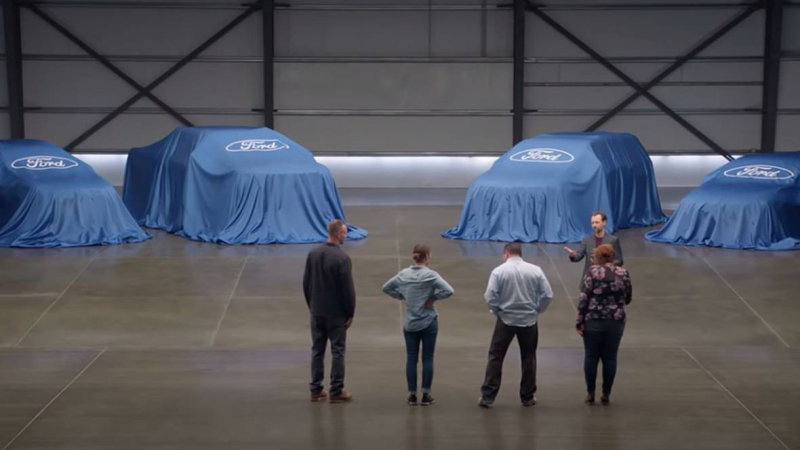


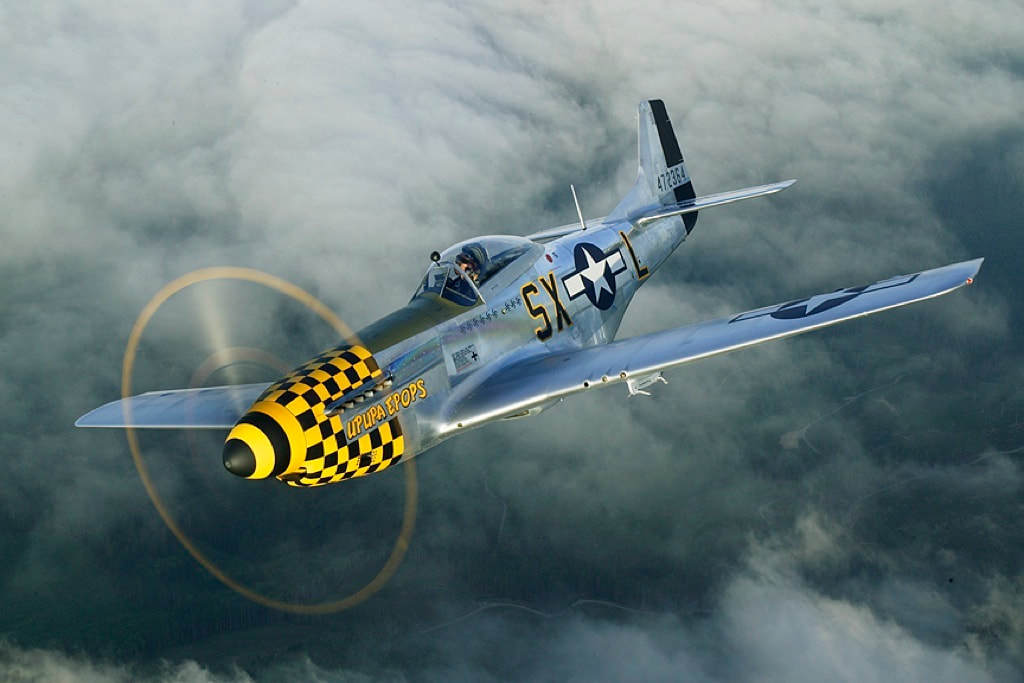
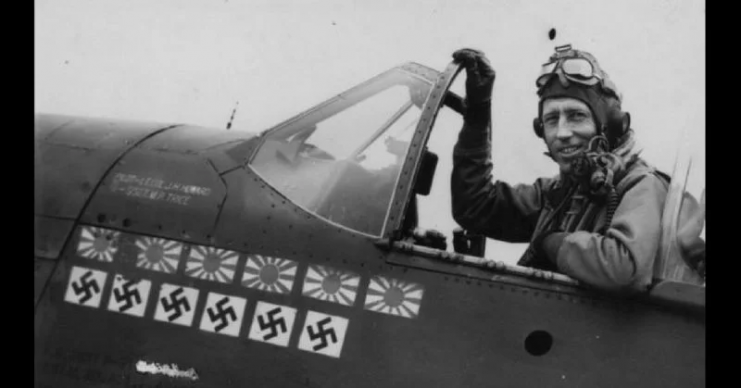

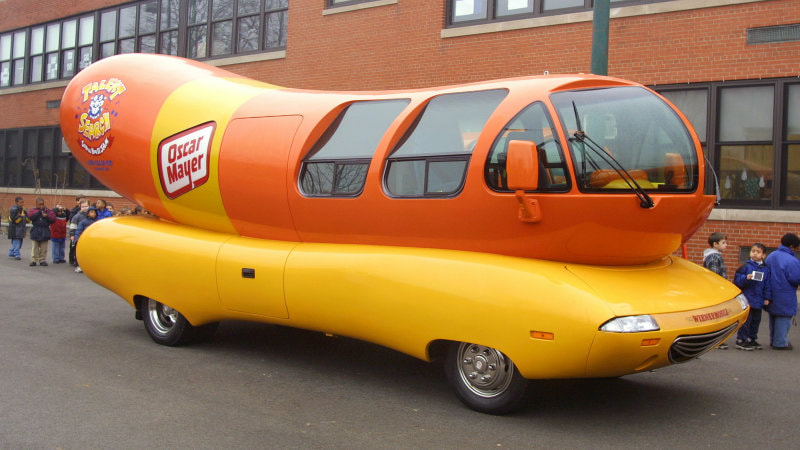
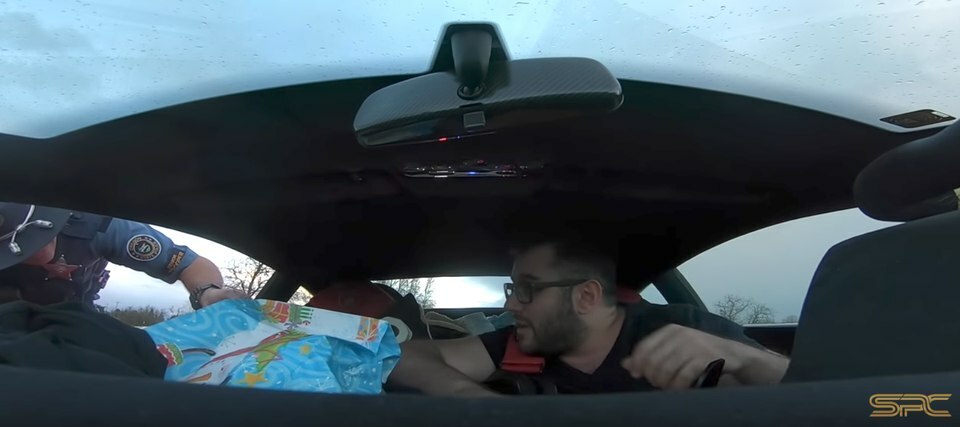


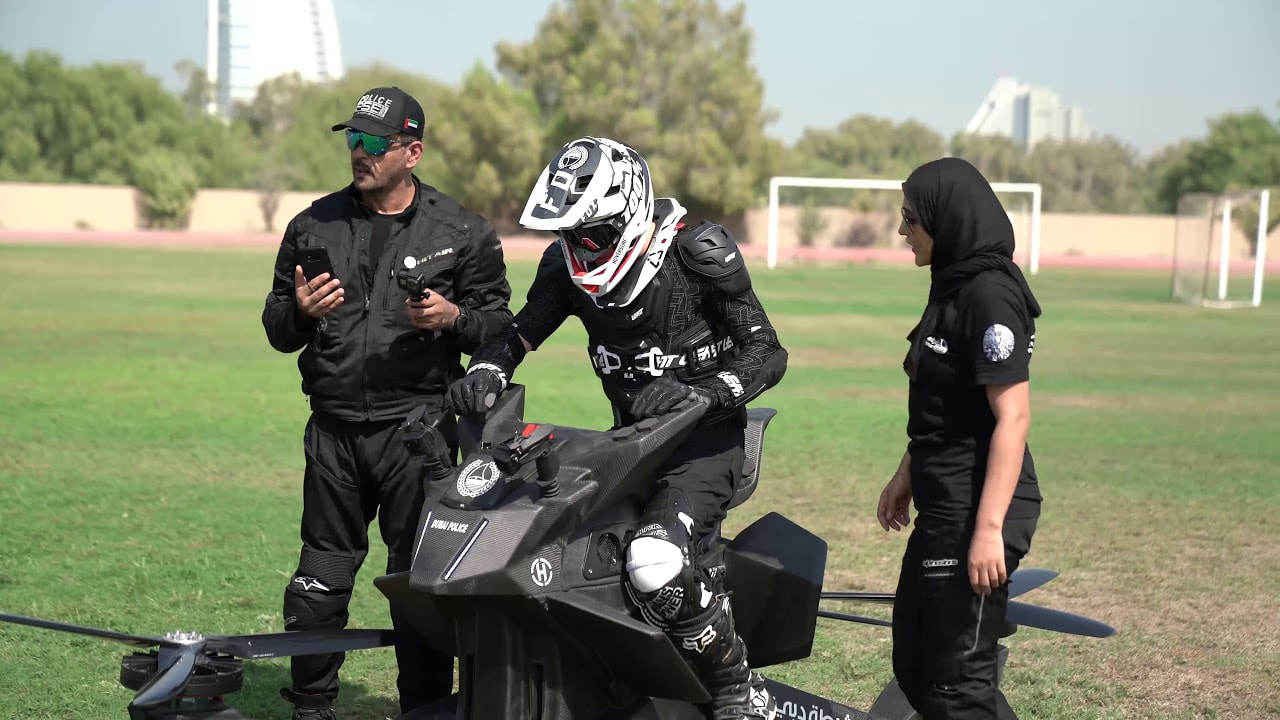

 RSS Feed
RSS Feed